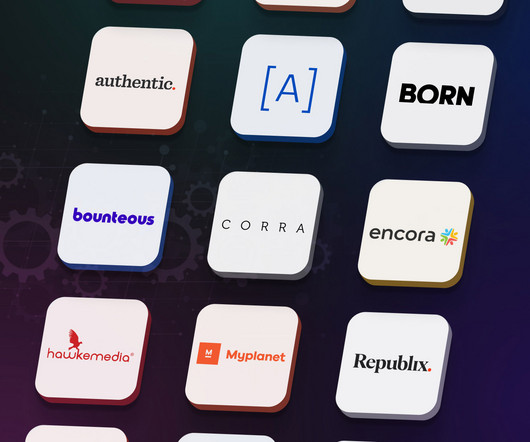How E-Commerce Can Become Carriers’ ‘Secret Weapon’ to Unified Customer Experiences
GetElastic
JANUARY 24, 2018
Against the technical backdrop of increasing expectations for always-on internet and mobile services, many carriers are struggling on the frontend with customer experience. Fragmented Customer Experiences. But even this company struggled to close the gap between customer expectations and their actual customer experience.













Let's personalize your content